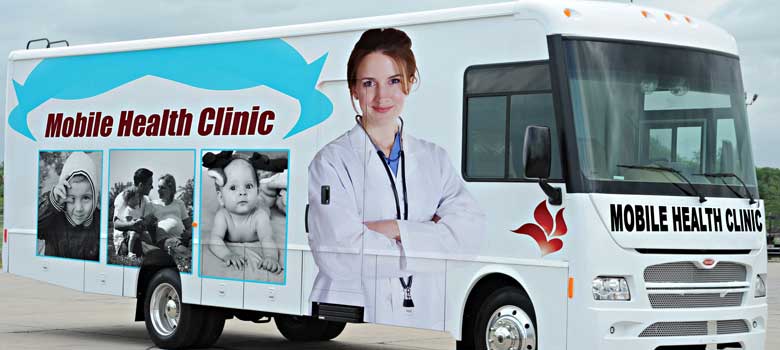Champa Community Mobile Health Clinics
(Strategy, Framework & Operational Capability Developed by Connected Healthcare initiative)

Champa Community face a critical need for improved access to health care and ways to transition individuals from costly urgent and Emergency Department care to ongoing primary care and a medical home. SICHAM developed information to inform decision making about how health access and health care, especially for poor and adults, is improved through the deployment of mobile health clinics (MHCs). MHCs currently play a role in providing urgent and episodic care to poor and uninsured adults, and are treating increasing numbers of patients with chronic disease issues
- MHCs are a valuable and versatile option for delivering health care services in Champa Community. There are three types of service to which they are best suited: a) urgent care, b) initiating chronic disease management and education, c) and serving as an alternative medical home to those who would otherwise not have access to one (and in all likelihood, never will)
- Champa Community need, and asset mapping should be monitored and refreshed over time to continually inform decision making about MHC deployment, including ideal geographic locations and days and hours of service. Practical, on-the-ground experience regarding patient use patterns must also be considered.
- SICHAM will explore how paid staffing models might maximize the value of MHCs. On the whole, the volunteer staffing model has demonstrated variable success, with some strengths and some weaknesses. In addition, administrative and non-physician professional services must not be underestimated.
- SICHAM and Connected Healthcare Initiative has determined that the use of multiple MHCs is most effective when operated as part of a coordinated health delivery system, as is currently the case with the MHCs used by Contra Costa Health Services in its school-based clinic program. This enables economies of scale in administration and scheduling, staffing, supplies, and maintenance, and builds in redundancies (e.g., more opportunities for backup staffing and replacement vehicles) that make for a more robust and reliable system.